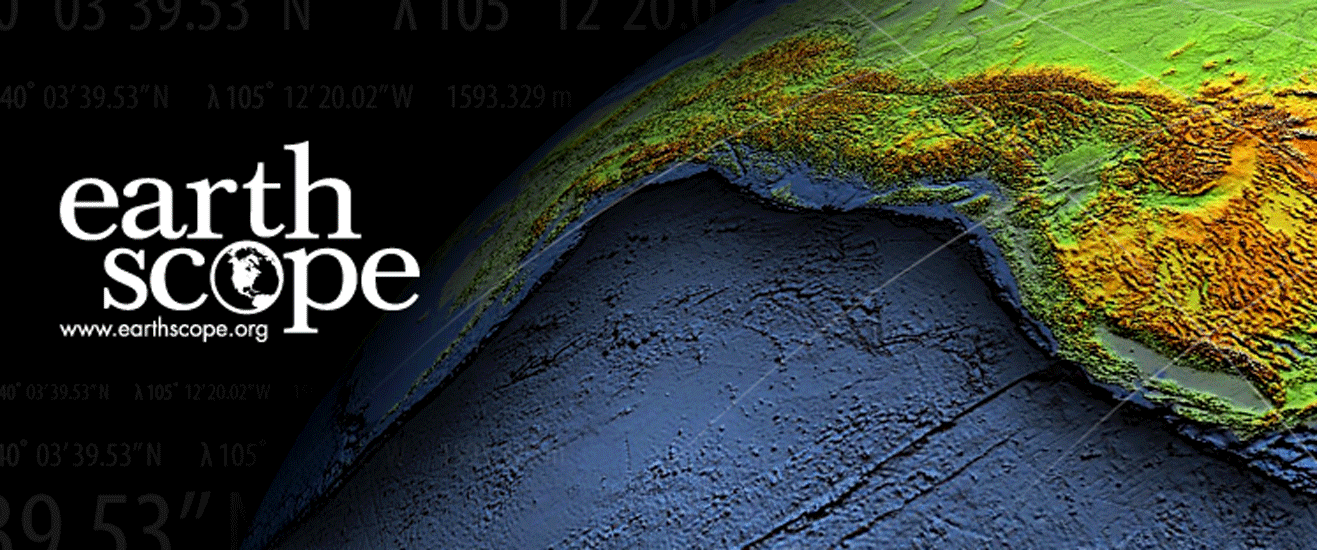By Beth Pratt-Sitaula (Central Washington University and UNAVCO), Robert Butler (University of Portland), Nancee Hunter and Robert Lillie (Oregon State University), Bonnie Magura and Roger Groom (Portland Public Schools), Bob de Groot (Southern California Earthquake Center), Jenda Johnson (Volcano Video Productions), Chris Hedeen (Oregon City School District), Shelley Olds and Donna Charlevoix (UNAVCO), and Michael Coe (Cedar Lake Research Group)
Tens of thousands of coastal Cascadia residents live within severe earthquake-shaking and tsunami-inundation zones, and millions of tourists visit state and federal parks in these same areas each year. Public understanding of hazards and emergency procedures is required to achieve disaster resilience. The Cascadia EarthScope, Earthquake, and Tsunami Education Program (CEETEP http://ceetep.oregonstate.edu/) is conducting professional development workshops for K-12 teachers, park and museum interpreters, and emergency management educators in Cascadia coastal communities to better enable them to address earthquake and tsunami science and preparedness with their learners. CEETEP workshops feature EarthScope science, earthquake/tsunami geology, and preparedness actions. Since 2013, CEETEP workshops have been held in Newport and Astoria, Oregon and Aberdeen and Forks, Washington, and have included representatives from the Makah, Quinault, and Shoalwater Bay Native American tribes. In 2015, the final two workshops will be held in Coos Bay, Oregon, and Arcata, California.
CEETEP builds on the success of the EarthScope Earth Science Interpretive Workshop Series for parks interpreters (https://www.earthscope.org/education/interpretative_workshop) and the EarthScope-funded Teachers on the Leading Edge (https://wordpress.up.edu/totle/) program for K-12 Earth science teachers. However, in an innovative step, CEETEP brings these teachers and interpreters together with emergency management educators to form community-based action teams with all three types of educators. While retaining many earthquake science and preparedness activities from earlier educational programs, new wave-tank modeling, vertical evacuation, and emergency planning learning activities related to tsunamis have been developed. EarthScope seismology is featured in visualizations of seismic waves traversing USArray from distant earthquakes to illustrate differences in velocity and ground motions of P, S, & surface waves. EarthScope’s Plate Boundary Observatory data are analyzed to show the accumulation of elastic energy within the Cascadia continental margin that will be released in the next great megathrust earthquake. In collaboration with UNAVCO, CEETEP developed animations on: What GPS Can Tell Us About Earthquakes in the Pacific Northwest and Japan and GPS and Earthquake Early Warning (www.youtube.com/user/unavcovideos, “animations”). In collaboration with the Southern California Earthquake Center (www.scec.org), 32 Quake Catcher Network seismometers have been installed at schools, parks, and museums where CEETEP participants educate coastal residents and visitors. Many CEETEP participants have initiated ShakeOut drills in Cascadia coastal communities.





